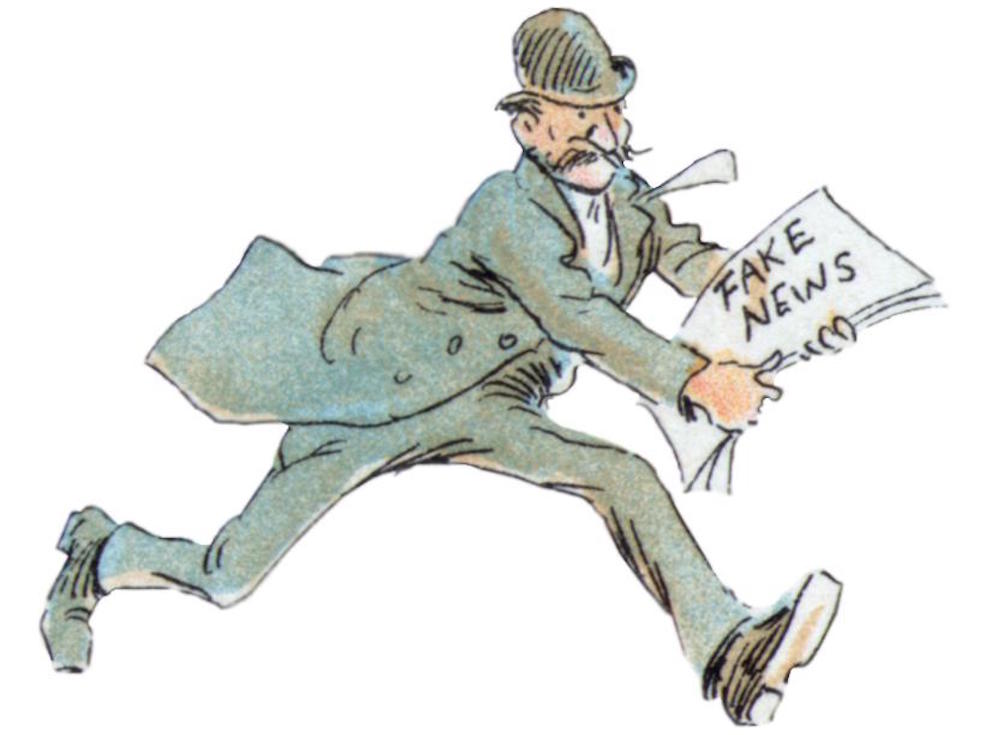
The study involved a total 7,534 participants judged the accuracy of fake news articles, across seven different iterations in which researchers showed participants story headlines (from actual articles, both real and fabricated, posted to Facebook in 2016 or 2017). In one of the experiments, with participants recruited through Amazon’s Mechanical Turk and asked in a binary choice whether they preferred Hillary Clinton or Donald Trump (emphasis ours):
The warnings were at least somewhat effective: fake news headlines tagged as disputed in the treatment were rated as less accurate than those in the control (warning effect), d=.20, z=6.91, p<.001. However, we also found evidence of a backfire: fake news headlines that were not tagged in the treatment were rated as more accurate than those in the control (backfire effect), d=.06, z=2.09, p=.037. This spillover was not confined to fake news: real news stories in the treatment were also rated as more accurate than real news stories in the control (real news spillover), d=.09, z=3.19, p=.001.... Although both groups evidenced a warning effect (Clinton, d=.21, z=3.19, p=.001; Trump, d=.16, z=2.84, p=.004) and a real news spillover (Clinton, d=.10, z=2.75, p=.006; Trump, d=.07, z=2.09, p=.083), the backfire effect was only present for those who preferred Trump, d=.11, z=2.58, p=.010, and not for those who preferred Clinton, d=.02, z=.49, p=.62 (although this difference between Trump and Clinton supporters was itself only marginally significant: meta-analytic estimate of interaction effect between condition and preferred candidate, z=1.68, p=.094). Furthermore, the backfire was roughly the same magnitude as the warning effect for Trump supporters…
…while participants 26 years and older showed a significant warning effect (N=4466), d=.23, z=7.33, p<.001, and no significant backfire effect, d=.03, z=.84, p=.402, the opposite was true for those 18-25 (N=805): for these younger subjects, the warning had no significant effect, d=.08, z=1.10, p=.271, and there was a relatively large backfire effect, d=.26, z=3.58, p<.001
Facebook announced recently that it would start to add publishers’ logos to articles shared on its platform. Pennycook and Rand also ran an experiment around that intervention, and found that the logos did nothing to change people’s judgment of the accuracy of headlines:
Increasing the salience of a headline’s source by displaying the publisher’s logo seems even less promising: we found no effect whatsoever on accuracy judgements. This result is surprising given the large body of evidence that source legitimacy impacts perceptions of accuracy (Pornpitakpan, 2004). It suggests that even well-established mainstream news outlets are not seen as especially credible, and thus perceived accuracy of (true) stories from these outlines is not increased by emphasizing source. However, it should be noted that we included publisher logos on every real and fake headline that was presented to our participants — it is possible that only including logos for verified and established sources would prove effective (although, given the results of our explicit warning experiment, there is reason to be skeptical).
The full working paper, not yet peer-reviewed, is available here.